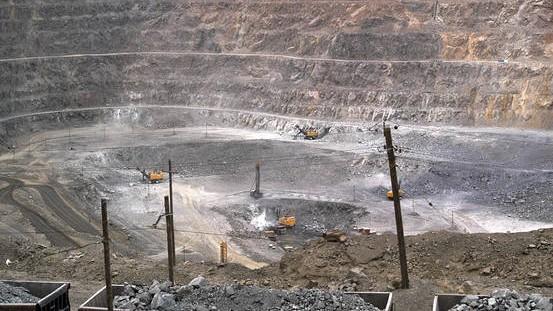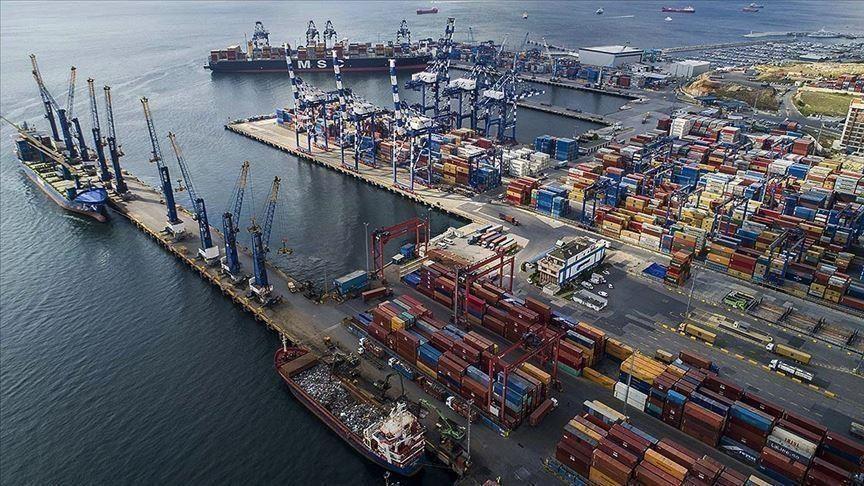Hagia Sophia embarks on 50-year restoration journey
ISTANBUL

The Culture and Tourism Ministry has accelerated the restoration efforts aimed at eliminating the centuries-old fatigue of the nearly 1,500-year-old Hagia Sophia, as officials have emphasized that the restoration could span over a lengthy period of more than 50 years.
Commencing its restoration on Sept. 9, Hagia Sophia, one of Istanbul's landmark structures, has embarked on a prolonged restoration period that will not interrupt visitation or worship.
Ministry officials underscored the wear and tear accrued on the structure over centuries, noting that the restoration encompasses seismic reinforcement efforts as well.
According to a report by daily Hürriyet, an all-encompassing and high-resolution point cloud data has initially been created, covering all the buildings within the structure's campus, garden walls surrounding the parcel, and the immediate vicinity of the complex. In other words, a digital twin of Hagia Sophia has been created, while data can be loaded and updated with future endeavors.
With this technique, in the future, scaffolding can be erected, enabling the three-dimensional scanning and updating of intricate details such as the building's highly valuable embellishments and existing cracks as the surfaces are approached. This approach aims to extend the lifespan of the structure.
In the ongoing efforts led by a scientific board established for the restoration, the roof covering Ottoman Sultan Mehmet II's tomb has been replaced with lead, and chemical cleaning has been performed on the exterior facade. Reconstruction has been carried out for missing and deteriorated parts on the marble eaves and column capitals throughout the tomb structure. Gilding has been applied to the pinnacle.
Similar restoration work is being conducted in the tomb of Sultan Selim II.
Chemical cleaning of internal surfaces, door and window sashes were performed in In a tower, where prayer times were once determined by observing the sky and some astronomical studies were carried out.
Later-added materials have been removed, and the lead roof covering is being renewed. Micro and hydraulic lime injections have also been applied.
Members of the scientific board noted that there were "some issues" with the minarets of the mosque and that they are working to understand the situation without providing further details regarding the aforementioned problems.
They also noted that interventions aimed at comprehending the situation will be undertaken in some minarets, adding that partial dismantling may be considered for a minaret.
Hagia Sophia was built in the fourth century and renovated in the fifth and sixth centuries and that its present form has survived from the sixth century to today.
In 1934, after it was turned into a museum, Hagia Sophia became one of the most important museums of Ottoman and Byzantine art in Türkiye. Hagia Sophia was reconverted into a mosque in 2020.
















